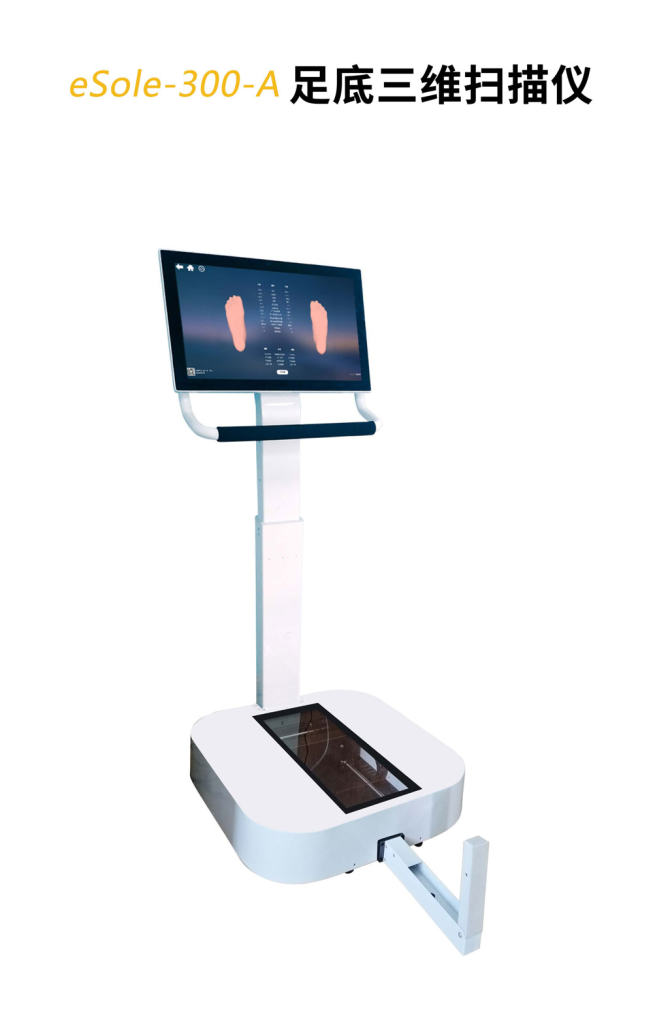In this era of rapid technological advancement, the light of technology is permeating every corner of our lives in unprecedented ways, bringing about revolutionary changes in health management.
Among these innovations, the application of foot 3D scanners in children’s foot health management stands out like a gentle yet powerful stream, protecting every step of children’s growth and turning the phrase “shining underfoot” from a mere aspiration for a better future into a vivid reality of technology empowering health.
Children are the future of the nation and the hope of the ethnic groups; their healthy growth is a concern for every family and society. The feet, as the foundation supporting walking and running, play a crucial role in children’s physical development, motor skills, and quality of life.
However, traditional methods of foot health management often rely on empirical judgment or simple two-dimensional measurements, which fail to comprehensively and accurately capture the three-dimensional shape and dynamic changes of children’s feet, thereby limiting the effectiveness of prevention and intervention.
The emergence of foot 3D scanners, like a beam of wisdom, illuminates a new path in children’s foot health management. This technology uses high-precision optical or laser sensors to instantly capture three-dimensional data of children’s feet, generating highly accurate 3D models.

These models not only include basic information such as foot length, width, and height but also accurately represent complex indicators such as arch shape and pressure distribution on the sole, providing doctors with unprecedented diagnostic evidence.
Based on the 3D foot scan data, doctors can develop personalized health management plans tailored to the individual characteristics of each child. For common foot problems such as flat feet and high arches, early detection and scientific evaluation can be achieved, and effective interventions can be implemented through custom insoles and foot rehabilitation exercises, preventing the worsening of these conditions and ensuring the normal development of children’s feet.
Moreover, for children with special athletic needs, such as athletes or dancers, this technology can help optimize training programs, prevent sports injuries, and enable them to shine in their respective fields.
The application of foot 3D scanners in children’s foot health management is not just a testament to technological progress but also a prime example of the deep integration of technology and humanity.
It shows that, in the pursuit of efficiency and precision, technology remains people-centric, dedicated to enhancing the quality of life and safeguarding the healthy growth of every individual. As philosophers have said, “Technology should serve people, not enslave them.” The widespread application of foot 3D scanners is a vivid illustration of this philosophy in modern healthcare.
